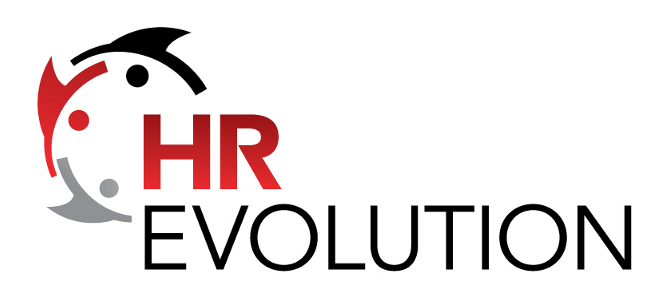 A few months back I read a great post by Keith McIlvane about wanting HR conferences to offer more content toward small companies. My first answer for HR conference problems is almost always going to be an event like HRevolution, because it allows participants to drive the conversations and topics that they find interesting, not what some organizer slapped on the agenda.
A few months back I read a great post by Keith McIlvane about wanting HR conferences to offer more content toward small companies. My first answer for HR conference problems is almost always going to be an event like HRevolution, because it allows participants to drive the conversations and topics that they find interesting, not what some organizer slapped on the agenda.
Keith’s post goes on to discuss this specific content request:
Don\’t get me wrong, the big-brand case studies are extremely strategic in how they launch each initiative and often in a very impressive manner. But most companies have a more limited budget. I would love to hear how they took their huge wish-list and walked through the strategy and reasoning about going in the direction they chose.
I think I have a solid strategy in place, but know it is by far from perfect. Wouldn\’t it be great to hear what similar obstacles are happening in your industry or other industries that might be similar pain-points to what you are encountering.
Can HRevolution really do that?
I say we give it a shot. We’ve had solutions created on the spot for actual participant case studies, activities like the hack labs where participants walk away with a list of ideas to try in their own organization, and other highly participatory content. Why not this one?
What else are you looking for that isn’t being provided by the “traditional” conferences?
Interested in attending HRev? Click here to get your ticket.
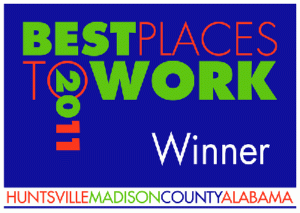
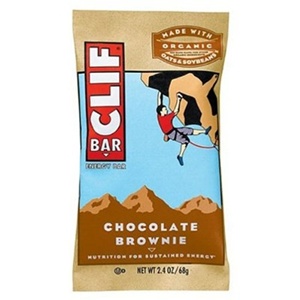 Have you ever thought about company success stories? Most of us are captivated by the startup company “started in a garage and became a millionaire” type stories. I wasn’t looking for an object lesson, but I found one in an interesting place.
Have you ever thought about company success stories? Most of us are captivated by the startup company “started in a garage and became a millionaire” type stories. I wasn’t looking for an object lesson, but I found one in an interesting place.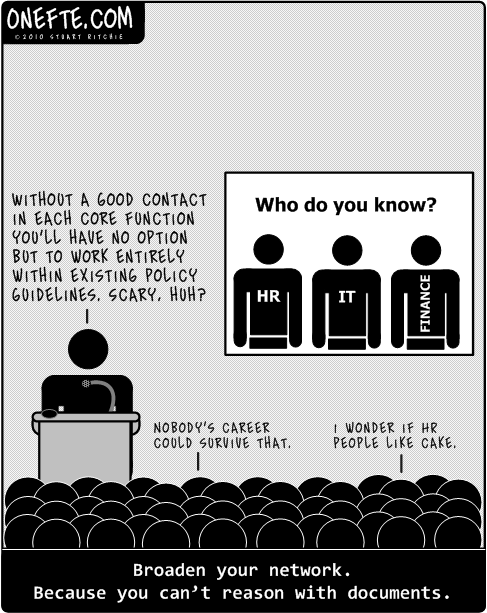
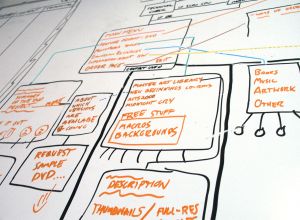 Shortly into my lunch meeting, I realized it was a human resource management planning exercise in disguise. And it was so much fun.
Shortly into my lunch meeting, I realized it was a human resource management planning exercise in disguise. And it was so much fun. Developing your team the “Edward Jones” way
Developing your team the “Edward Jones” way